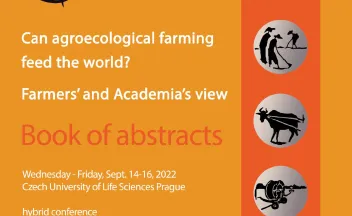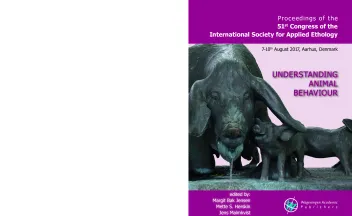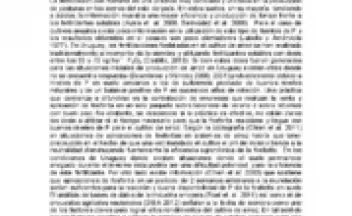Approximation of reliabilities for random-regression single-step genomic best linear unbiased predictor. [2711 - abstract].

ABSTRACT.- Random-regression models (RRM) are used for dairy cattle genetic evaluations in many countries. The output of a genetic evaluation with RRM is an estimated breeding value (EBV) for a specific function of the additive genetic random regression coefficients, say, 305-d milk yield and its corresponding reliability. The reliability of an EBV in RRM is calculated from the inverse of the coefficient matrix of mixed model equations (MME). The objective of this study was to develop an efficient method to approximate reliabilities for RRM with ssGBLUP.









